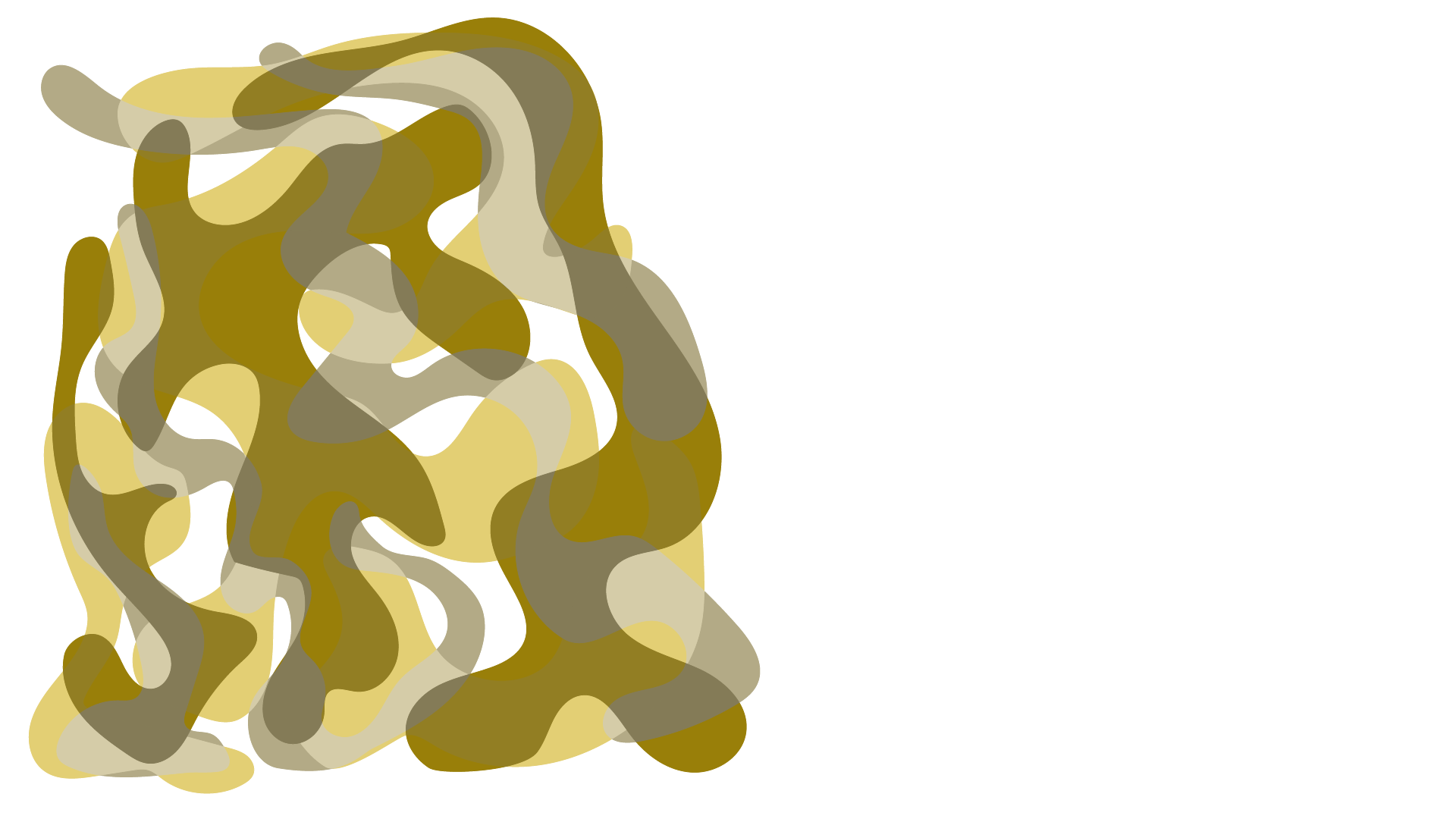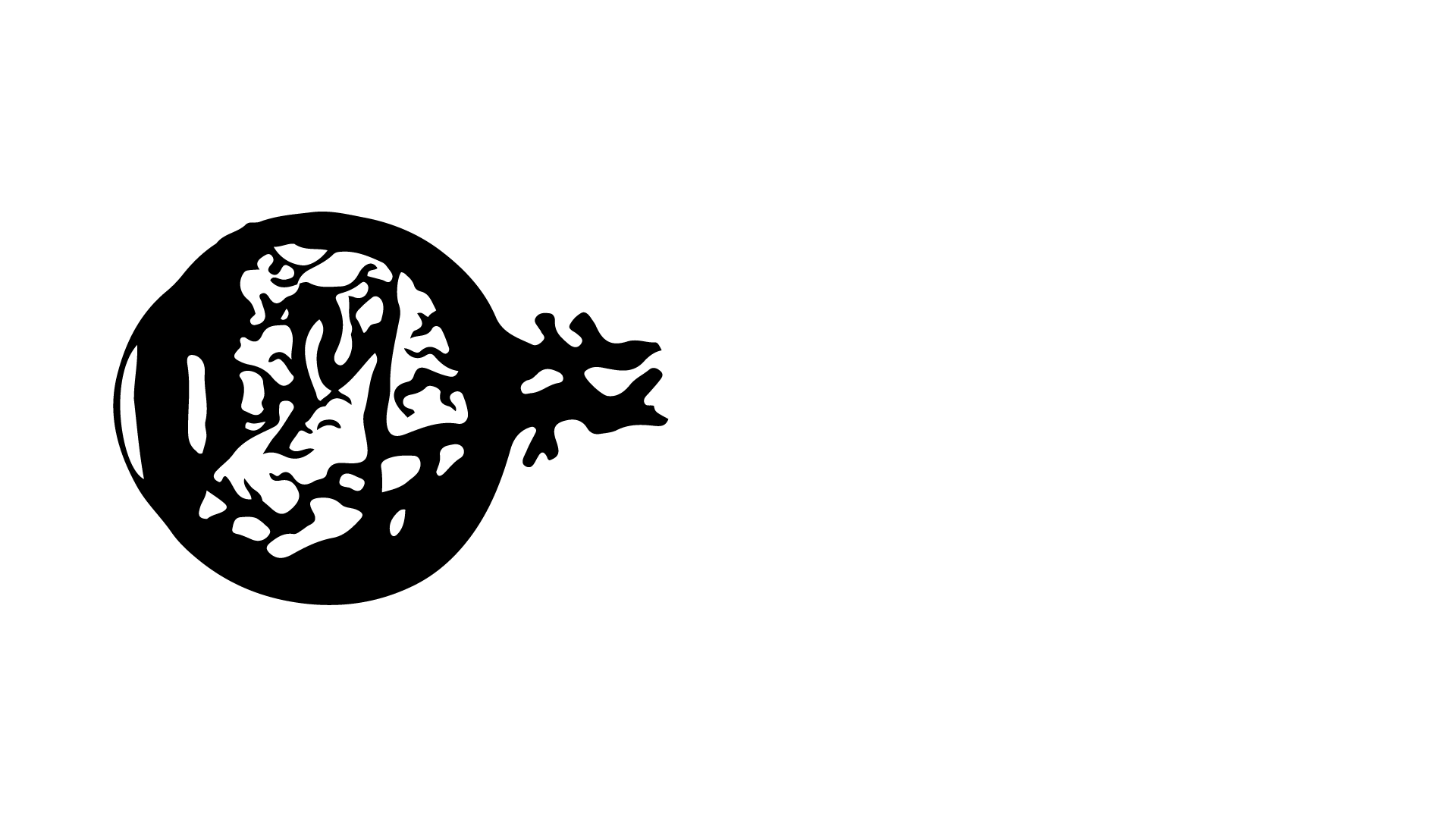Home


Reportage illustration is heavily oriented around site drawing. War artist George Butler mentioned in an interview with the guardian that he uses a combination of drawing in the situation and polishing up from home. Ideally, the work should be done entirely on-site, this means the materials used must be portable and practical.
“I was on the frontline with the Golden division in the Iraqi army – that was fine for 45 minutes or an hour on a rooftop, but any longer… Drawing has become a good gauge for whether a place is safe: if I can’t sit and draw for 45 minutes, I might be pushing it too far.” (Butler. G, 2018)
Artist Jill Gibbon works undercover at military fairs, documenting how weapons are treated as consumer goods and simple objects of exchange. Concealing her true intentions requires her to carry a pocket-size notebook which functions as a sketchbook.
Although site drawing is one of the most popular methods in this genre of illustration, Olivier Kugler (previously mentioned in professional practice) creates his primary sources to work from and draws from home. He interviews refugees via an interpreter, recording the conversion and taking photographs. While Kugler is on site he rarely sketches, which may seem counterintuitive given the premise of capturing information first-hand. He instead notes down as much information as he can, both linguistic and visual, then he draws from the sources he created.
In the same interview (Williams, H. 2018) referenced above, Butler spoke of his inspirations, Paul Hogarth (previously mentioned for his work with Penguin) and Ronald Searle, the artist behind the fictional anarchic girl's school St. Trillians. Many artists also find that their interactions with the world they’re in inspire them heavily. Often drawing on-site can draw a lot of interest and willingness to open up from passers-by. For example, Kugler is very dependent on interviews.
As stated before, many illustrators strive to complete their artwork on-site so site drawing skills are essential. Careful selection of a location, or area within that location, narrowing your focus, choosing what story you want to tell, setting rules for yourself, interacting with the location and operating social skills are all important technical abilities as well as the drawing itself. Site drawing can sometimes rely on speed, so knowing how to break down objects and people into their essence may aid in faster production. Materials will vary by the preference of the artist, but generally speaking they must be portable and practical. Considering the lighting, possible interferences and weather may be important catalysts in deciding what material to work in.

Professional Practice
Materials And Processes
Moral and Ethical Considerations
Conclusion
Bibliography